Reviews
David E. Durston
USA, 1970
Credits
Review by Jordan Holtane
Posted on 10 October 2012
Source Grindhouse Releasing DVD
Categories 31 Days of Horror IX
Created on the fly between the 1960s and 70s, David Durston’s exploitation gut-punch I Drink Your Blood is, on its surface, decidedly a product of its time—an era that represents a convergence of Manson-catalyzed media madness, Hays Code repeal, and all the social reverberations of the 60s, the “Cultural Decade”. I Drink Your Blood is a wild cocktail of these inspirations, and yet maintains an indistinct contrast between playfulness and obscenity that makes it feel timeless. Despite being one of the first films to receive an X-rating for violence, it possesses a kind of endearing levity; it’s good-natured and savagely entertaining as a true horror classic.
The film boasts a plot description that reads like a medley of psychotronic log-lines: A vagabond gang of hippie Satanists rolls into a sleepy almost-ghost town, attacking a local girl who stumbles on their midnight ritual. The Satanists continue to cause aimless mischief until the girl’s grandfather confronts them, and then promptly beat and dose him with LSD. The girl’s young brother gets revenge by injecting meat pies with rabid dog’s blood and sells them to the Satanists, who become infected, attacking and killing each other as well as a local construction crew. I Drink Your Blood achieves the rare feat of living up to the ghastly absurdity of its premises, opening on the gang’s (supposedly accurate, according to Durston) goof-ball black mass, and ramping up the action and lunacy from there. “Let it be known… that Satan was an acid-head,” declares the group’s leader, Horace Bones, played with delightful exaggeration by Indian dancer Bhaskar, who twists and contorts his face with nearly every line. In fact, every role is either overacted or underacted, and the disparities between each character intensify the film’s rippling weirdness.
Durston takes some time between the attack and subsequent hydrophobia outbreak to spend with the Satanists as they commit idle mischief around town. The contrast is remarkable; their activities range from rascally hijinks (pushing their van down a hill while a member sleeps inside) to brutal torture (slicing a gang member’s foot and hanging him from the rafters). This contrast is paralleled in the dynamic pacing of the film as a whole—it undulates arrhythmically between juvenile, almost naive playfulness and fiendish, shocking depravity. I Drink Your Blood runs on this energy, constantly surprising and jolting the viewer with juxtaposition, sometimes shocking and sometimes bathetic. There is also a real sense of humor throughout, present in everything from the film’s dialogue to small sight gags. Durston was, with this film, a first-time horror director. On the heels of Romero’s ground-breaking Night of the Living Dead, he was selected by notorious low-budget producer Jerry Gross to make a film that “out-horrored” all other horror films (Gross also gave the film its arbitrary, yet provocative title). Durston accepted, and not being familiar with the genre (he hated Night of the Living Dead), simply ripped two ghoulish stories from the headlines: The Manson Family murders, and a local rabies outbreak. This wide-eyed approach is manifest in his playful, naive treatment of the macabre, which serves to make the scenes of violence much more potent.
After eating the infected meat pies, the hippies lie around as the rabies courses through their bodies. That night, the Satanists begin to turn on each other. There’s a sudden shift to moody, stark lighting. Deep, sharp shadows dominate frames; a void surrounds these characters as the rabies does its work. Once day breaks, they each spiral out into their own off-the-rocker, intercut vignettes of madness—gruesome scenes of Grand Guignol excess. Horace wrestles a python with histrionic spectacle, a young mute girl takes off a woman’s hand with an electric knife, and so on. Throughout, Clay Pitts’s psychedelic score punctuates with wah-wah-heavy guitars and blaring synth lines—it’s hyper-dramatic but also often unnerving, and helps guide I Drink Your Blood toward its precipitously loony climax.
More 31 Days of Horror IX
-
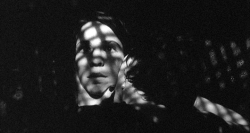
The Addiction
1995 -
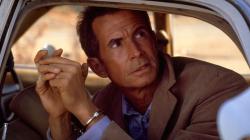
Psycho III
1986 -
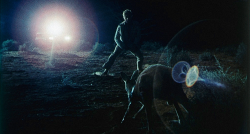
Wake in Fright
1971 -
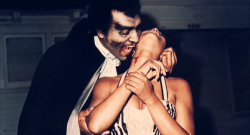
Blacula
1972 -
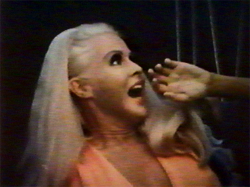
Big Foot
1970 -
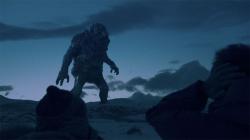
Trollhunter
2010 -
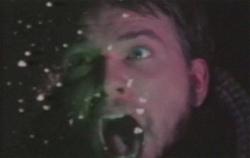
Invasion from Inner Earth
1974 -
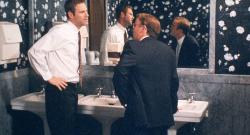
In the Company of Men
1997 -
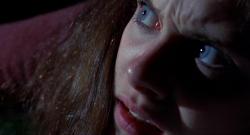
Happy Birthday to Me
1981 -
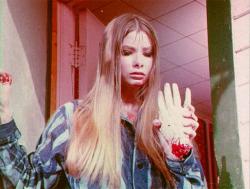
I Drink Your Blood
1970 -
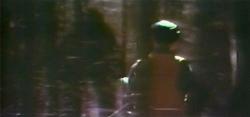
The Legend of Boggy Creek
1972 -

Maximum Overdrive
1986 -
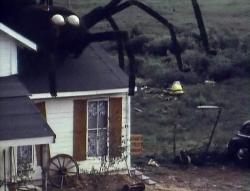
The Giant Spider Invasion
1975 -
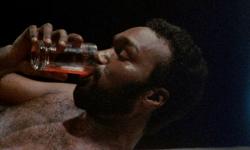
Ganja & Hess
1973 -
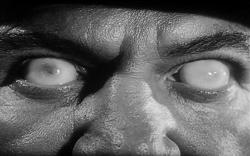
Not of This Earth
1957 -

Let’s Scare Jessica to Death
1971 -
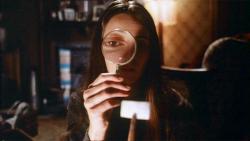
Next of Kin
1982 -
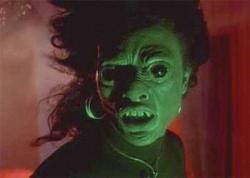
Def by Temptation
1990 -
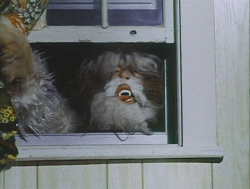
Shriek of the Mutilated
1974 -
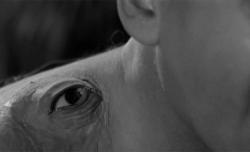
The Manster
1959 -
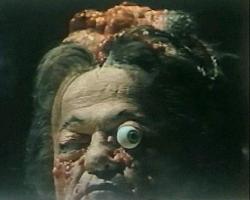
The Alpha Incident
1978 -
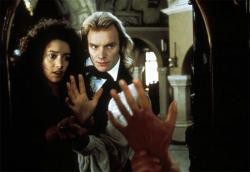
The Bride
1985 -
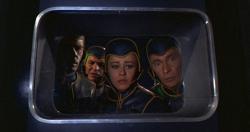
Planet of the Vampires
1965 -

The Hole
2009 -
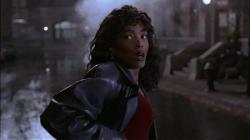
Vampire in Brooklyn
1995 -
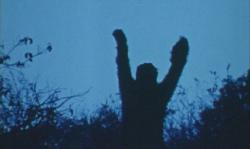
Sasquatch: the Legend of Bigfoot
1977 -
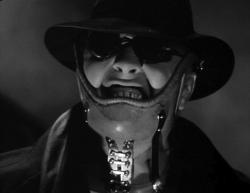
Mad Love
1935 -
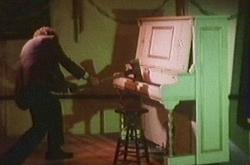
The Demons of Ludlow
1983 -

Habit
1997 -

Elephant
1989 -
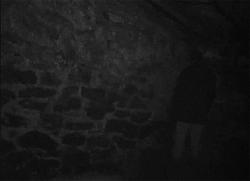
The Blair Witch Project
1999
We don’t do comments anymore, but you may contact us here or find us on Twitter or Facebook.



